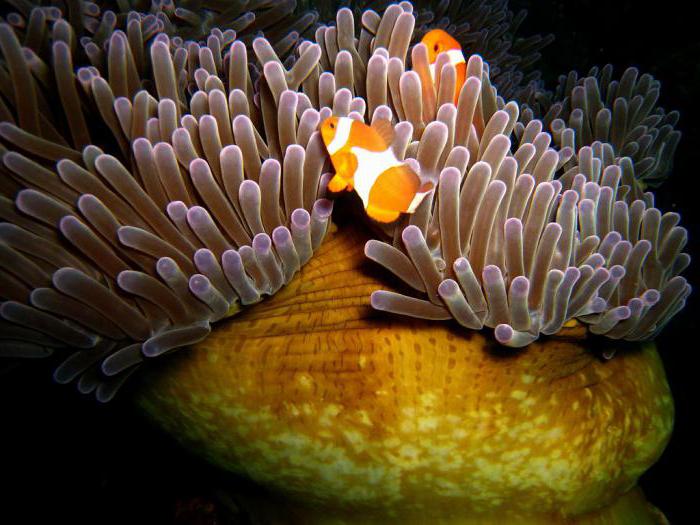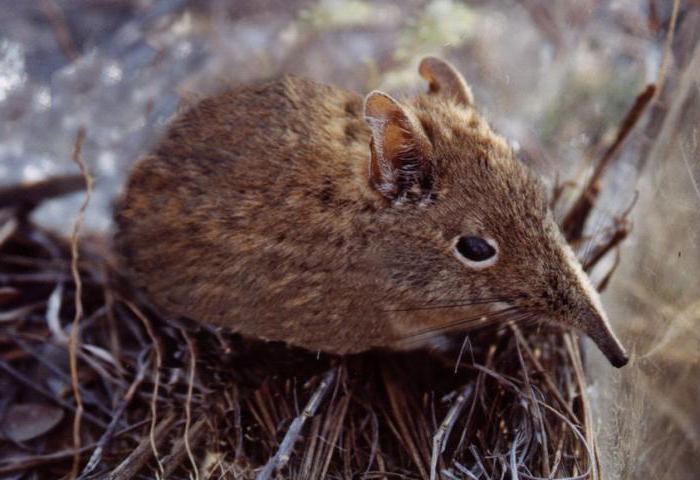Amoeba vulgaris, its habitat, features of structure and vital activity
Amoeba vulgaris externally is acell, is directly related to the type of protozoa, to the class of kornozhek, or else they are called Sarkods. They have pseudopods, which are the organs by which they move and grab food. The dense shell of the cell is absent, in connection with which the amoeba can easily change its shape. The outer coating is a very thin cytoplasmic membrane.
Amoeba is an ordinary building.
Amoeba is very simple. One of the simplest living beings. Does not have a skeleton. Amoeba vulgaris lives on the bottom of various reservoirs, in the ooze. There is one thing: in reservoirs only fresh: pond, ditch, etc. If you look at it, it is noticeable that this gray, transparent lump does not have a permanent shape. The name of this creature is translated as "changeable". On the body of the cell all the time, false feet are formed, due to the fact that the cytoplasm flows back and forth. Dimensions of the lump can be at least 0.2 millimeters and, as a maximum, 0.7 millimeters. Organoids - pseudopods contribute to the movement of this tiny creature. Movement is very slow, it resembles the flow of thick mucus. During the movement, the amoeba encounters different unicellular organisms, such as algae, bacteria. It flows around them and, as it were, absorbs its own cytoplasm, and a digestive vacuole is formed.
Amoeba vulgaris cytoplasm secretesspecific enzymes that digest food. There is a process of intracellular digestion. The digested products in liquid form enter the cytoplasm itself, and the undigested food remains - are thrown away. This way of capturing the food is called phagocytosis. In the body of the amoeba, there are thin channels through which liquid enters the body of the cell. This process is called pinocytosis. There is one vacuole, which throws out excess liquid products outside. It is called the contractile vacuole. It gets rid of surpluses every five minutes. In the endoplasm there is a nucleus. Reproduction is as follows: the cell is divided in half, that is, asexual.
How the amoeba is shielded from adverse external influences.
If there are unfavorable conditions forexistence of this microorganism, such as the drying out of the reservoir, cooling of the water in the pond and others, the amoeba vulgaris always tries to fence itself off from them. Retracts its organelles, is covered with a double shell and, thus, forms a cyst. When favorable conditions such as summer come, the amoeba leaves the cyst. The cyst is carried by the wind, so the common amoeba settles. The breath of this creature is the whole surface of his body, that is, the body of the cell. Amoeba absorbs the oxygen present in the aqueous medium and releases carbon dioxide. With the help of oxygen, food substances decompose into simpler compounds. In the human body and many animals, particularly in their intestines, amoeba parasites live. One of the representatives of such parasites is dysentery amoeba. It feeds on particles of the intestine (destroyed), as well as red blood cells. She is the causative agent of an infectious disease, which is called amoebic dysentery.
Conclusions:
- Amoeba vulgaris and dysentery amoeba are unicellular animals. Moved with the help of organoids, pseudopods, belong to the root;
- the class of kornozzhek is like algae, which indicates their kinship;
- feeds on organic substances derived from other plants, or from other simple organisms, which distinguishes amoeba from algae.
Amoeba - although the simplest, but a whole organism, capable of leading an independent existence.








